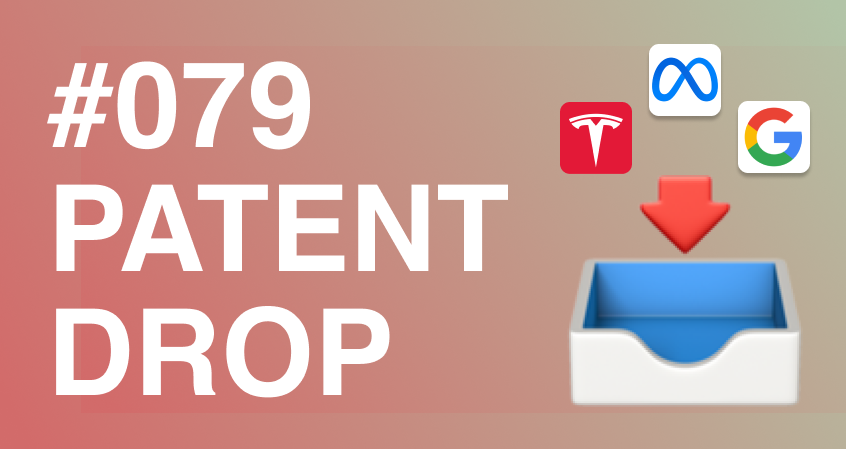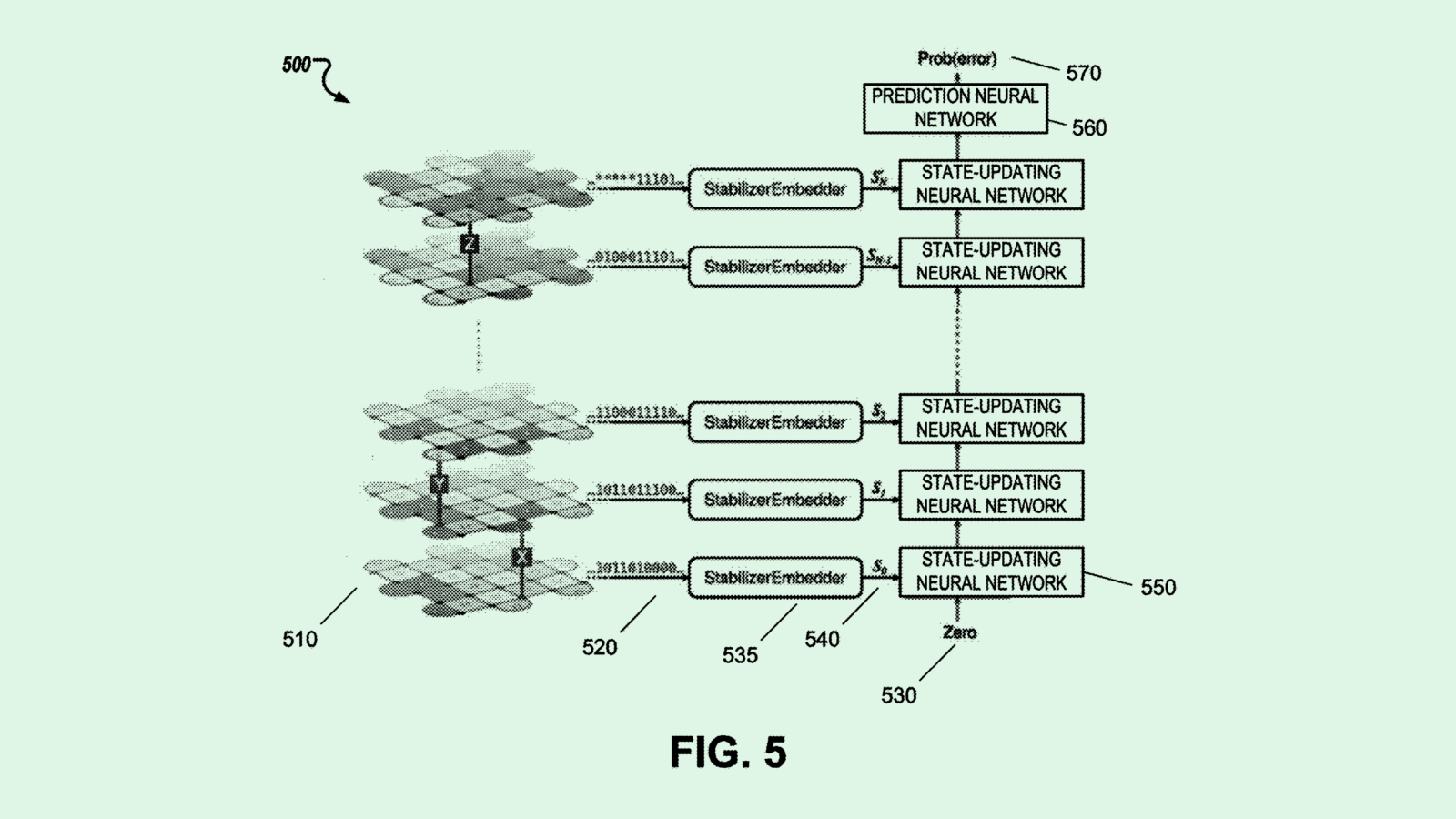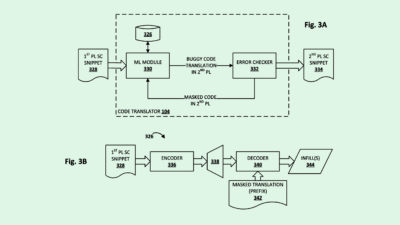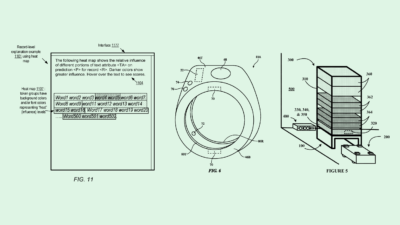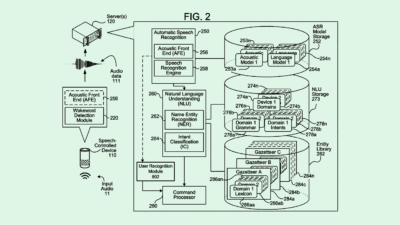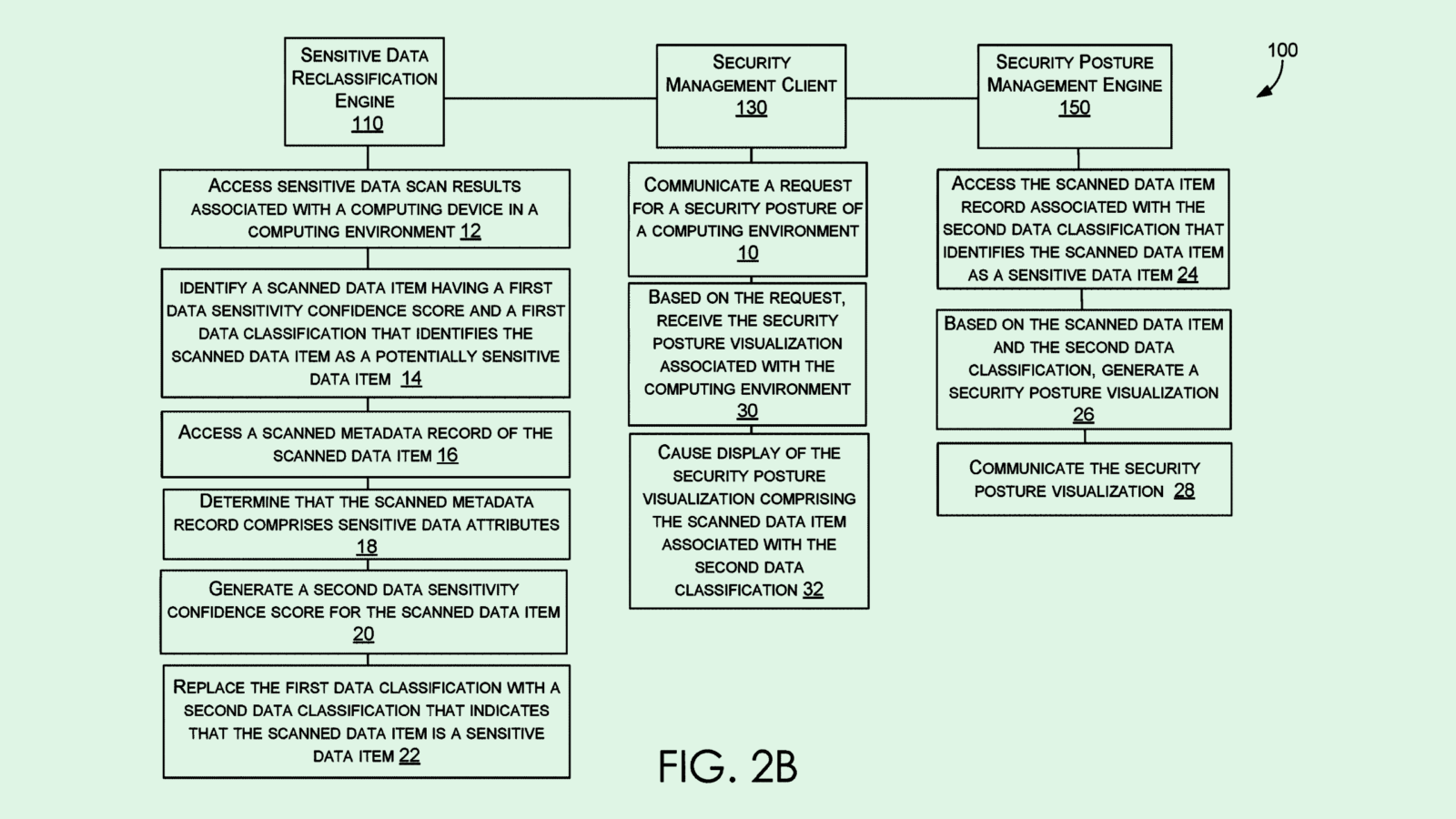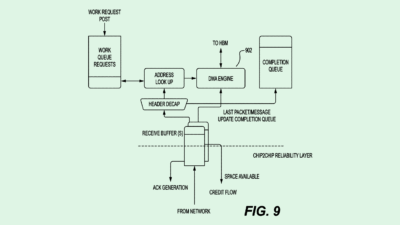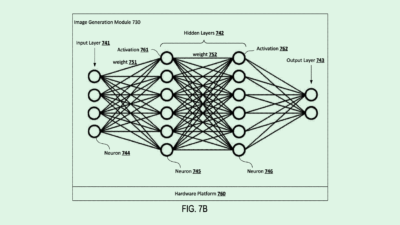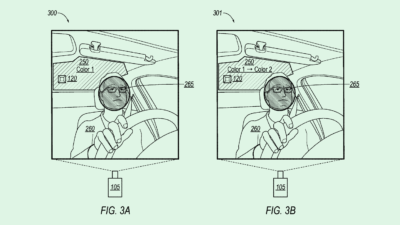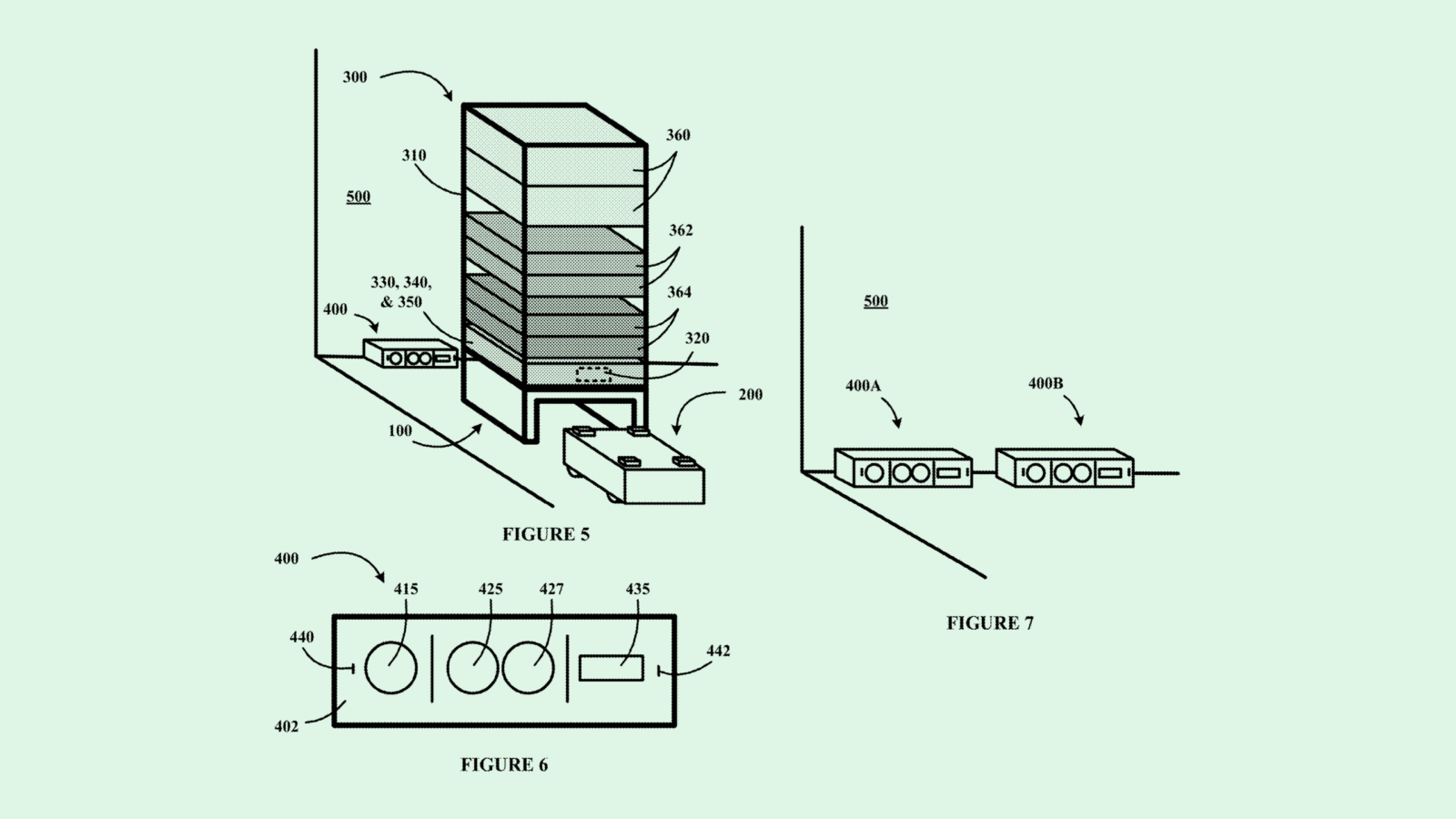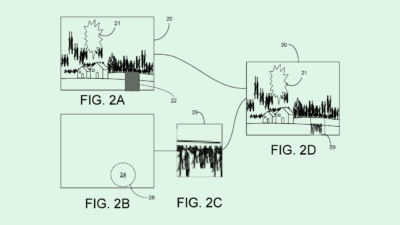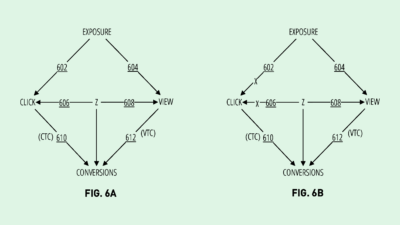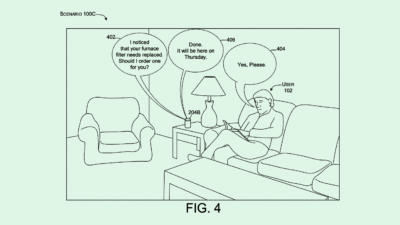Sign up to uncover the latest in emerging technology.
Plus: Google wants to predict viral content; Tesla’s keeping its batteries in line
Happy Thursday and welcome to Patent Drop!
Today, we’re checking out tech from Meta aiming to help its metaverse visuals keep up with darting eyes. Plus, Google wants to predict what content will go viral, and Tesla wants to keep its fuel cells in line.
Let’s take a look.
#1. Meta refines the metaverse
Meta wants to make its metaverse less of a drag.
The company wants to patent tech that uses AI to improve rendering in artificial reality environments. Using a processor with a neural network, this tech will track and approximate your gaze to overlap renderings and reduce latency in displaying extended reality environments and content.
From the user end, this would reduce lag in content in an XR headset, as it would be able to better keep up with your eye line and create a more seamless user experience.
“Any latency between a movement of the user wearing the (head-mounted display) and the image frame displayed corresponding to the user movement can cause judder, which may result in motion sickness and can degrade the user experience,” Meta noted in its filing.
Another note: Meta’s system allows it to perform “real time graphics processing,” while “conserving computational resources … and achieving power efficiency,” factors which are increasingly important if they want its VR and AR systems to keep up with the thriving metaverse that the company hopes to eventually cultivate.
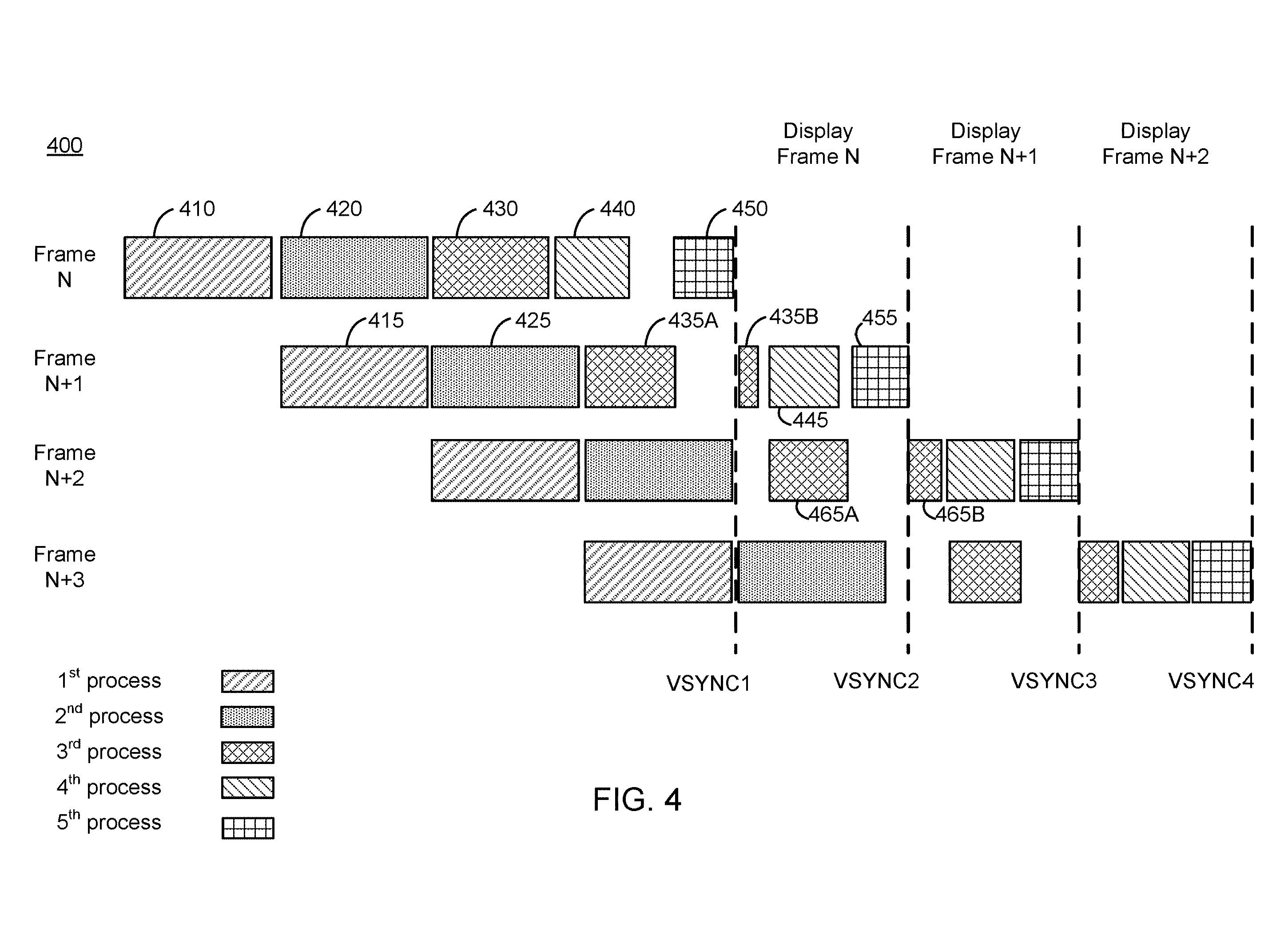
Meta has long been working on tech to track eye movement and make users more comfortable in extended reality environments. Implementing neural networks to take on real-time 3D rendering, reduce latency and save processing power is an important issue on the “five-year horizon” of AR and VR development, said Kevin Gordon, VP of AI technologies at NexOptic.
While companies like Nvidia and Intel have the chips side of the equation locked up, Meta has positioned itself to be a powerhouse in consumer offerings through its acquisitions and capital poured into the metaverse.
“(Meta’s) got a really strong offering almost top to bottom,” said Gordon. “I expect them on the consumer side to definitely be frontrunners.”
Though Meta has been slashing costs, the tech in this patent feeds into two major priorities of the company’s “Year of Efficiency”: AI and the metaverse. CEO Mark Zuckerberg said in a note to employees in mid-March that the company’s “single largest investment is in advancing AI and building it into every one of our products.” This patent application, filed in late December, may be evidence of that investment.
And amid reports of a metaverse winter, Meta’s head of global affairs Nick Clegg told reporters last week that, while the company’s commitment to the tech remains, making it actually happen is “going to take a while.”
“We’re going to stick with it, because we really believe, all the early evidence suggests, that something like this will be the heart of the new computing platform,” Clegg told Bloomberg.
Clegg added that Meta’s “always been very clear that we’re in this for the long haul. This is not going to happen overnight.”
#2. Google’s virality tester
Everyone’s a critic, but Google wants to be a metacritic.
The company filed a patent for tech that predicts “measures reflecting both quality and popularity of content.” Here’s how it works: A machine learning model is trained on a slew of data, including “historical records” of a user’s account, such as shares, comments, and other user interactions, the sentiment of those user interactions, locale and language, and whether the account is verified or not on that specific platform.
Based on those metrics and past content, this system will spit out “a single measure that reflects both quality and popularity of the given user account,” then promote certain content based on these factors.
Alternatively, this system also creates a safety net to catch dangerous content: If a user creates content that doesn’t “satisfy a threshold” of these metrics, (i.e., misinformation, hate speech, or malicious links) this system will restrict that content’s reach.
This kind of measurement can apply to a number of Google’s platforms. For one, it seems like an obvious fit for YouTube, as it helps users measure what works and what doesn’t, and promotes popular videos to wrangle more watchers. But this tech could also be applied to the search engine itself, giving a user a metric of how well your content may rank in search and limiting misinformation.
P.S., if this tech sounds familiar, it’s because it is: Meta filed a patent application for an eerily similar system that can predict the quality of content before any of your followers see it, which Patent Drop covered several weeks ago. The key difference, however, is that Google’s comes with an information quality catcher, while Meta’s seems to be all about popularity itself.
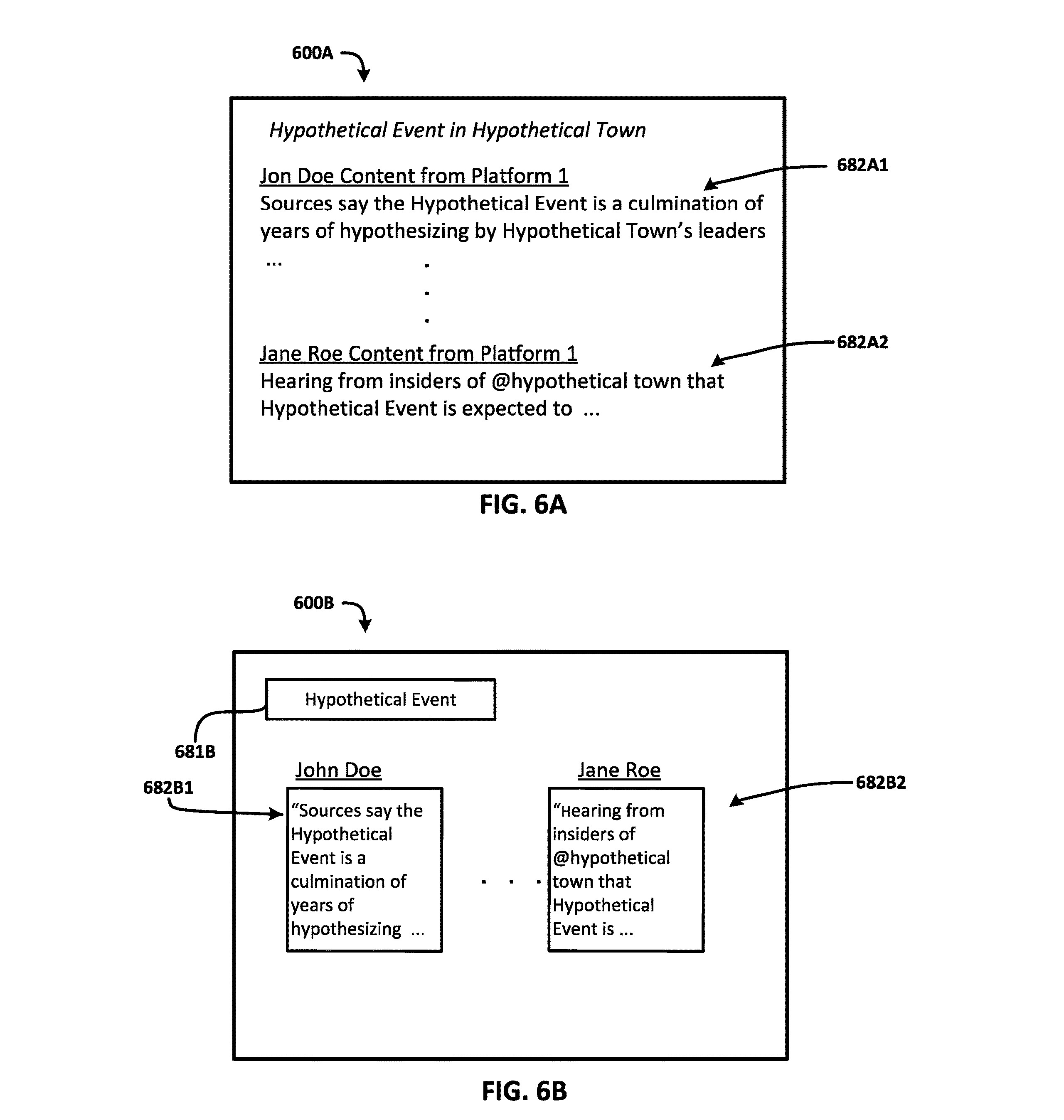
If implemented, tech like this could give the company a leg-up in fighting misinformation and hateful content. Google has faced numerous claims in recent years that YouTube has amplified fake news and hate speech, and the company’s search engine has faced similar allegations of magnifying disinformation. Adding a layer of protection outlined in the patent filing could help clean up the platforms.
But there’s another reason that adding tech like this makes sense: TikTok. Google, like Meta and other platforms, wants to keep hold of users’ attention in the wake of the video app’s surging popularity. Meta has been trying to tempt users with Instagram and Facebook Reels, and YouTube seemingly has a similar strategy with YouTube Shorts. By pushing what has the best chance of going viral, Google may be trying to hold onto YouTube’s user base.
But at the end of the day, both factors lead back to Google’s digital ad revenue (a.k.a., its cash cow). Google made more than $59 billion from digital ad sales in 2022 – roughly 77% of its total earnings – with $42 billion coming from search and $7 billion coming from YouTube. On either platform, making sure its customers’ ads are placed near premium content is crucial.
That said, Google might come up against against more than just spammy content and videos to keep its ad business strong: A bipartisan group of senators introduced the AMERICA Act last week, a bill seeking to break up the ad sectors of Big Tech companies, with Google and Meta being its main targets.
While the legislation is still far from being passed, it could throw a major wrench into Google’s financials if it does, forcing Big Tech to think of other ways to make money besides putting ads next to high SEO articles and viral videos.
#3. Tesla’s engine perfectionist
Tesla is a real neat freak about its engines.
The company wants to patent tech that detects “deformation in battery cells.” Essentially, this system can take better measurements of deformations or swelling in battery cells by measuring the “entire surface of the battery cell” and “under different simulated operational conditions, such as at different operational temperatures, different charge states, (and) different charge rates.” It does so by performing continuous scans with a “digital micrometer” while the battery cells are moving, rotating and changing temperature.
Tesla noted that traditional methods of measurement use “optical gauges that only provide the deformation at one specific point of the battery cell,” and therefore don’t go far enough.
While this sounds arcane, think of it like this: You can’t determine the quality of a laptop just by using it to play a game of solitaire. You’ll get a better feel for how well it works by running multiple applications at once, or how quickly it can boot up and turn off.
“The deformation at one specific point of the battery cell may not provide correct status of deformation across the entire surface of the battery cell,” The company said in its filing. “Further, the deformations at a certain point in time only account for a specific charge state of the battery cell.”
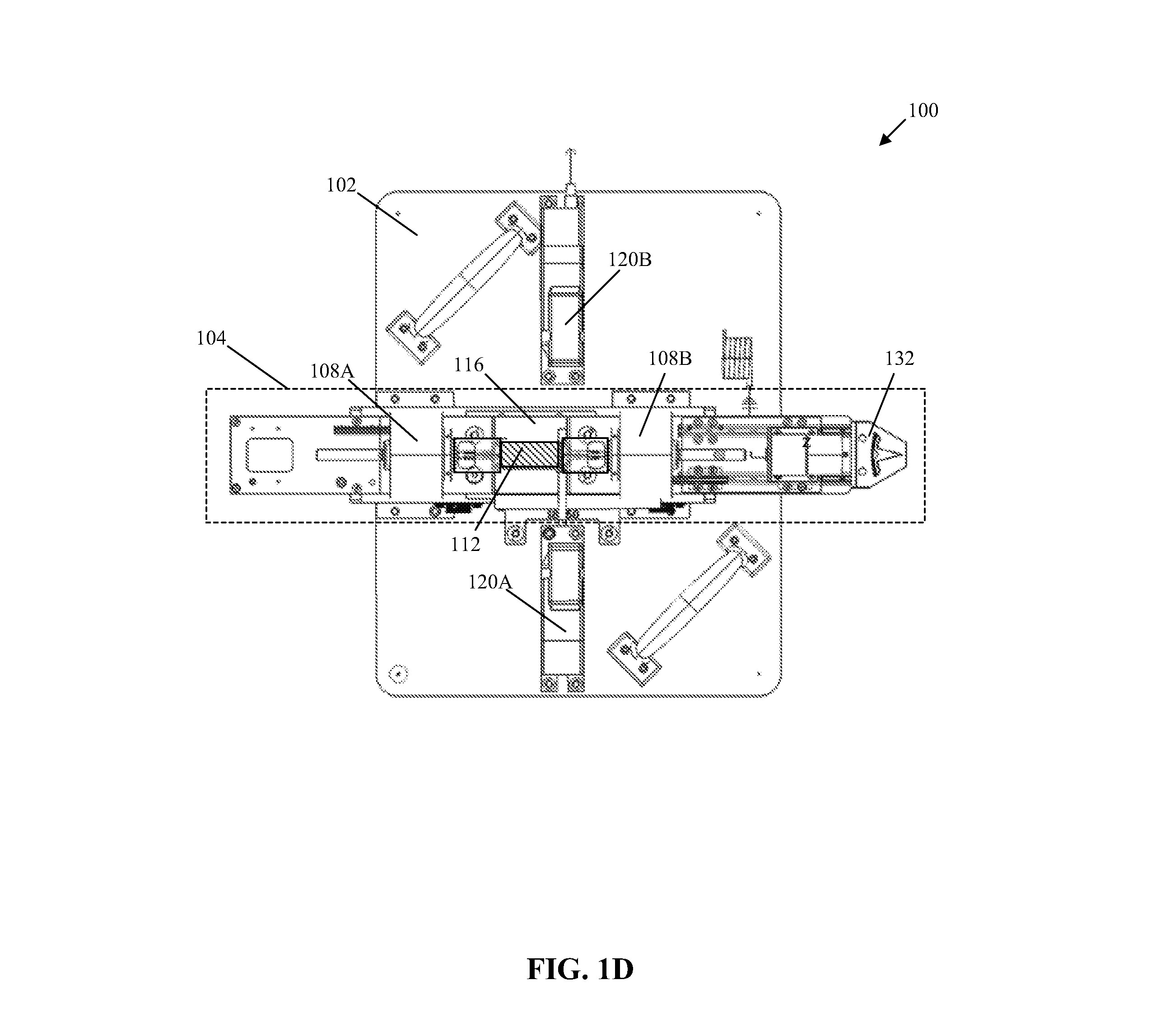
While EVs’ high price tags are one of the main things holding consumers back, fears of malfunctioning and short-lived batteries are quickly emerging as a major concern. According to a recent survey by Morning Consult, 46% of the 2,700 consumers polled said concerns about battery fires and cold-weather starts were a major reason they haven’t pulled the trigger on an EV, while 58% cited short battery life as a deterring factor.
Tesla is already working on tech to help its vehicles go the distance: The company wants to ramp up production of its 4680 battery, which can hold more than 5 times more energy and has a 16% longer driving range. To make this battery a reality, Tesla is teaming up with overseas materials suppliers to trim costs and hired a new battery expert to fix its tech bottlenecks.
“With EVs powered by lithium-ion batteries, whoever really invests and improves the overall performance of the batteries will take a large portion of the EV industry market share,” Callum Russell, founder of EV review website Charging at Home, told me.
While Tesla is currently dominating the EV market, there’s still plenty of room to grow: The company delivered a record number of cars in 2022 but still makes a large chunk of its money selling carbon credits.
However, with its work on the 4680 battery and the tech in this patent application, Tesla may have a recipe to quell the battery-related fears of EV skeptics and meet Elon Musk’s ambitious goal of building 20 million cars annually by 2030.
Extra Drops
A few other interesting filings before you go.
EBay wants to keep its listings in order. The company seeks to patent tech which detects when listings are similar using a machine learning-based “similarity index” to group them together for searches.
Ford doesn’t want your battery to go to waste. The company wants to patent a “probability neural network” which can detect and reduce car battery power drainage while a car is in park.
You say “jump,” Sony says “how high?” The company filed a patent for tech to “regulate jumps and falls” by player characters in VR and AR games, aiming to make sure that users don’t twist their ankles IRL.
What else is new?
Bob Lee, founder of CashApp, died this week after a fatal stabbing in San Francisco, according to his family.
Google will integrate an AI chatbot feature into its search engine as ChatGPT heats up competition in the space, CEO Sundar Pichai told the Wall Street Journal.
Even Twitter Blue subscribers can’t escape the ads: The company plans to show paid users 50% of the ads that non-paid users see.
Have any comments, tips or suggestions? Drop us a line! Email at admin@patentdrop.xyz or shoot us a DM on Twitter @patentdrop.
